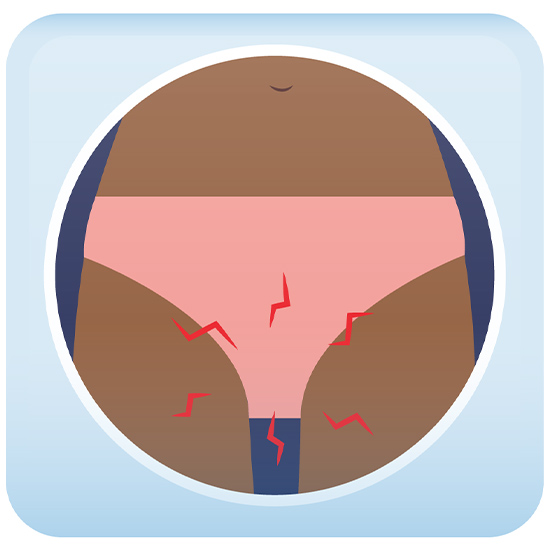Local Hormone Therapy Basics

Local hormone therapies for Genitourinary Syndrome of Menopause (GSM) can help relieve the symptoms of menopause without the need for oral medications or injections. Learn more about these targeted treatments in this guide from GynQI.
Systemic Menopause Hormonal Therapy Basics

Systemic Menopausal Hormone Therapy (MHT) is a widely used method for relieving menopause symptoms, offering significant benefits while also posing potential risks. Estrogen alleviates symptoms, while progesterone protects the uterus.
Surgical Menopause

Understanding ovarian function is crucial for those undergoing a hysterectomy, especially with an oophorectomy. Aging leads to reduced ovarian function and menopause, marked by decreased estrogen levels and various symptoms after twelve months without menstruation.
Menopause Hormone Therapy

If you or someone you love is struggling with symptoms like hot flashes, vaginal dryness, or insomnia related to menopause, help is available. Learn how hormone therapies are helping women get relief with GynQI.
Genitourinary Syndrome of Menopause

Are you struggling with Genitourinary Syndrome of Menopause (GSM)? You don’t have to suffer in silence. Learn how new treatments are helping patients just like you get relief from GSM in this guide from GynQI.
Cost of VMS Treatments

Vasomotor symptoms (VMS), such as hot flashes and night sweats, commonly occur during menopause due to hormonal shifts, particularly decreased estrogen.
Vasomotor Symptoms of Menopause

Vasomotor Symptoms (VMS), including hot flashes and night sweats, affect around 80% of women during menopause. Their severity can be worsened by factors like smoking, excess weight, and physical inactivity, with symptoms lasting an average of 7.4 years for some women.
Introduction to Menopause

Menopause occurs with declining ovarian function, resulting in lower estrogen levels and no menstrual periods for 12 months. This is typically preceded by perimenopause marked by hormonal fluctuations.
